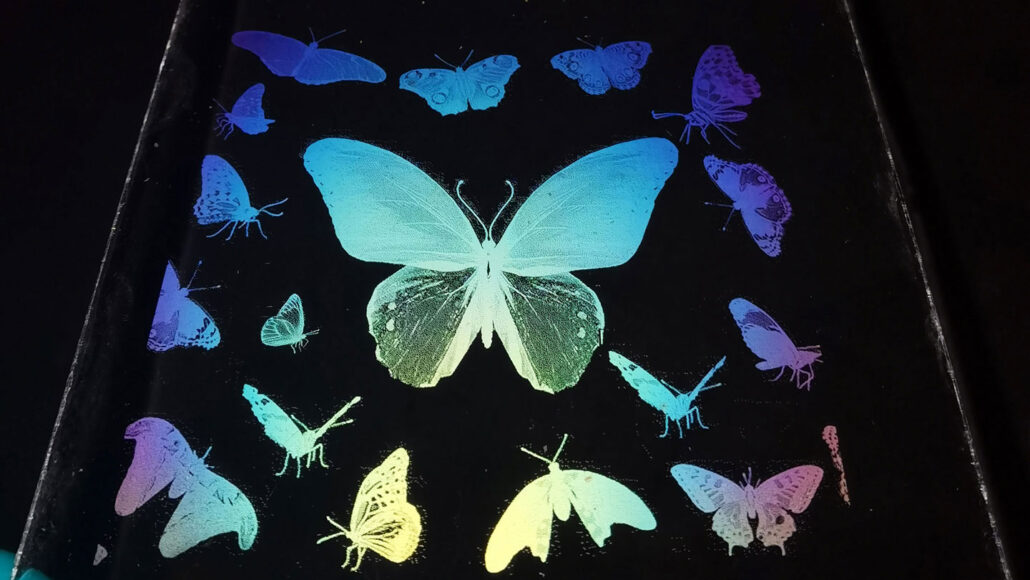Questions for ‘These colorful butterflies were printed with transparent ink’

Transparent ink takes on a variety of hues when printed in precise, microscale patterns across a clear surface.
K. Li et al/Science Advances 2021

Transparent ink takes on a variety of hues when printed in precise, microscale patterns across a clear surface.
K. Li et al/Science Advances 2021